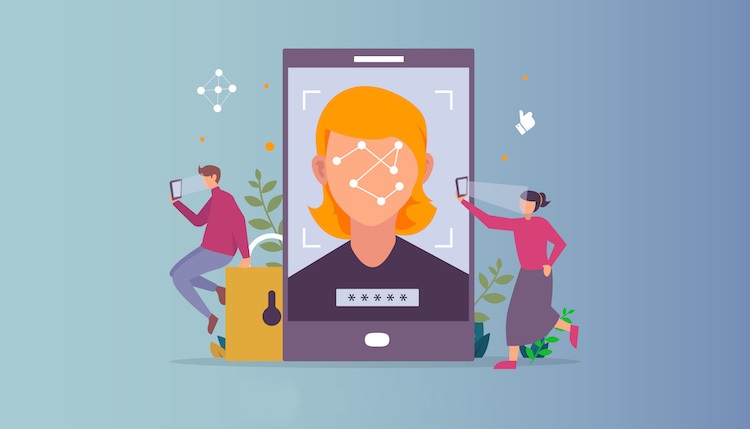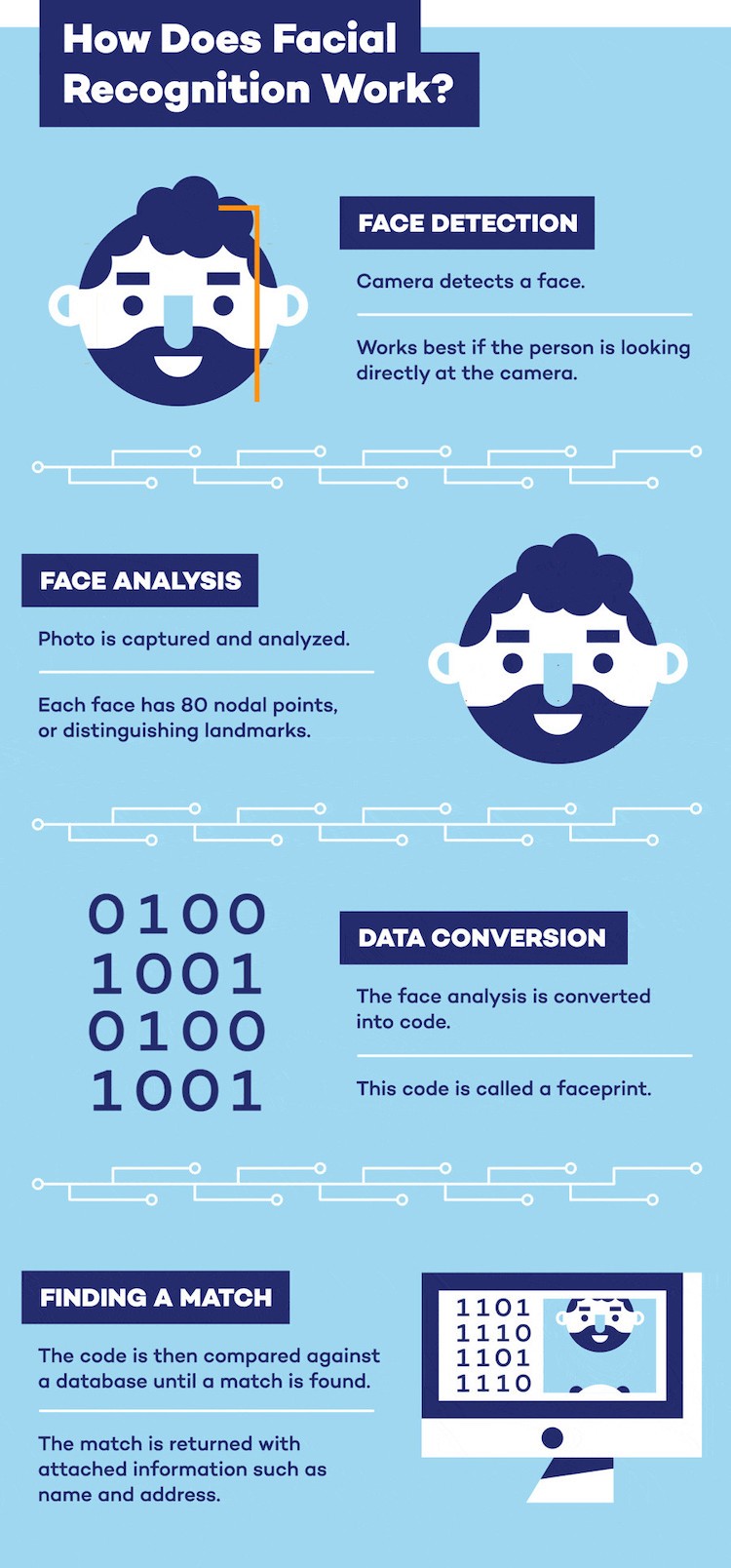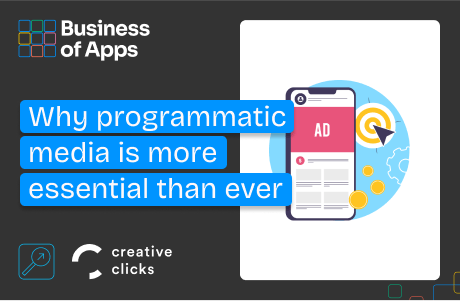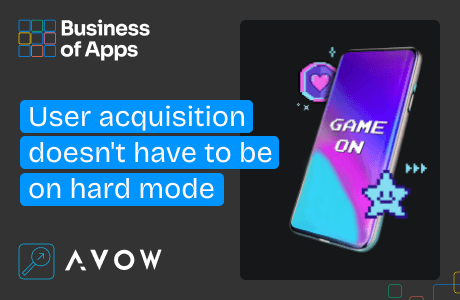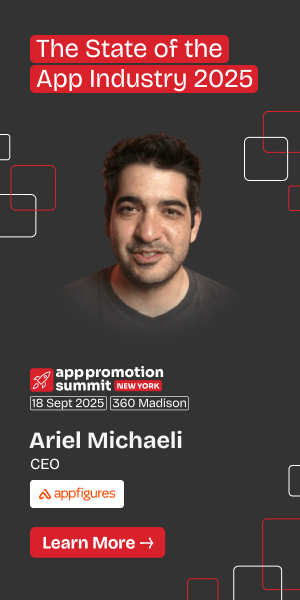Over the past few years, face swap and detection apps have managed to tear down the wall between fiction and reality. Through a simple app installation, you can identify the number of faces in a photo or even create fun images by extracting a face from one photo and superimposing on another. Better yet, the rise of AI and machine learning technologies has seen more and more companies looking to hire Unity developers to satisfy the ever-growing demand of face swap apps.
But how do face detection software work? What are the main technologies used in such apps? And lastly what is the role of Unity developers in all this?
In this article, we are going to answer all these questions and also look at the latest trends in AR face masks design and development.
But first, what exactly is a face swap app?
Face Swap apps allow you to manipulate either live or static photos by switching faces with a friend, celebrity, pet, or any other funny picture you may find on your phone or the internet. One of the earliest apps to implement the face-swapping effect is Snapchat.
Over the years, the platform has perfected the face-swapping technology and it shouldn’t come as a surprise that Snapchat face recognition is one of the most advanced on the market. Alongside other masks that the platform offers, you can superimpose an image on a static image or a live recording and get real-time outcomes.
With that said, all these real time face swap advancements would be impossible without face detection because it’s the building block of face recognition, tracking, and analysis apps. It works by helping the facial analysis algorithms to determine the parts of an image or video to focus on, recognizing gender, and even analyze various emotions depending on the facial expressions.
How does Facial Recognition Work?
Facial recognition technology (FRT) uses software applications to create a template by analyzing facial landmarks to identify or verify a person’s identity. An FRT template is created by measuring specific characteristics of the nodal points such as the distance between the eyes, jawline length, and the width of the nose. The measurements are then translated into a template using a unique code.
In the past, facial recognition systems were heavily affected by factors like varying light conditions and extreme head poses. Fast-forward to today, AI developers and Unity 3-D developers have come up with 3-D facial recognition and biometric systems that incorporate the skin texture uniqueness to give more accurate results. Once the system finishes analyzing the face in question, the software compares the known images in a database with the template of the target face to find a possible match.
Main Technologies used in Facial Recognition Apps
There are multiple technologies and solutions used by OpenCV face detection C developers to enhance the level of accuracy and functionality of face detection apps. They include;
Principal Component Analysis
This is one of the most elaborate and widely algorithms for facial recognition. Through PCA, an image is represented in small-dimensional vectors and then compared with existing vectors within a database. As a result, PCA significantly compresses the dimensionality of the facial features allowing the system to isolate “distinct” features of different faces.
Artificial Neural Networks
Another popular facial recognition method is Artificial neural networks. They are mostly used to extract features and decision-making. Multi-layer perceptron built networks are some of the most widely used options as they allow the input image to be profiled to comply with a pre-trained network.
OpenCV
OpenCV is another important technology in the face recognition industry. Initially, this open-source library was used by OpenCV developers to augmenting machine learning and computer vision in various apps. Fast forward to today, OpenCV live video face detection systems come with thousands of optimized algorithms that serve different purposes. For instance, an OpenCV C++ face detection system can be taught to detect faces or any other objects in a Livestream or in a locally stored video file.
SDK
When building a facial detection app, you can decide to have it built from scratch or use ready solutions to allow you to reduce the development time. And since most Software Development solutions are written in C/C++ languages, it makes them compatible with both iOS and Android platforms.
Trends in Design & Development of AR Face Masks
Here are some of the latest trends in AR face masks to keep an eye in 2020 and beyond.
Open-source AR Studios
Augmented reality (AR) has managed to unearth possibilities that were previously restricted to human imaginations. Through the use of sophisticated computer-produced vision, it’s now possible to augment our surroundings in captivating ways.
The resulting boom has seen C programmers and other developers alike are looking for the best open-source AR software development kits to build amazing AR-powered games and apps. On the other hand, tech companies are collaborating with developers to introduce Augmented reality into their platforms. For example, Facebook recently opened its doors to external developers, allowing them to build AR masks via Facebook’s in-app camera.
This trend has seen positive results and you should expect to see more of these corporations become more mainstream.
Advertising with AR Filter Apps
One of the best ways to facilitate organic social branding is to fuse digital content with an Augmented reality filter app. Augmented reality is also an excellent try-before-you-buy platform and can also be used to make a product go viral.
In 2019 YouTube partnered with Google to launch the AR Beauty Try-On tool. The tool captures the user’s face using front-facing cameras and allows them to virtually try on cosmetics. And with the help of ML, this innovative tool is capable of working on a full range of skin tones.
In the future, you should start seeing more businesses embracing virtual product placement and advertisement.
How Can Unity OpenCV Coders Help in Developing Facial Recognition Apps
- Plan and implement app functionality.
- Working with 2 D and 3 D technologies to build gesture recognition apps.
- Design, build and maintain motion tracking systems.
- Developing stereopsis vision technology.
- Establish an effective human-computer interface strategy.
- Identify both process and application bottlenecks and implement solutions.
Final Thoughts
Although facial recognition technology has its own downsides, it is already changing the world by offering exciting opportunities. Tech commentators have estimated that this technology will grow at a formidable rate and rake huge revenues in the future. This growth will largely be driven by increased consumption of facial detection technology in the security and surveillance sectors. Financial and retail segments are also projected to become big FRT aggregators with the increased adoption of the technology curb debit/credit card fraud.
As a business, it’s time to start exploring the various ways FRT can help augment your processes and operations or risk getting overrun by competitors. While at it, it’s important to be extremely cautious because of reputational and legal threats of misuse.



